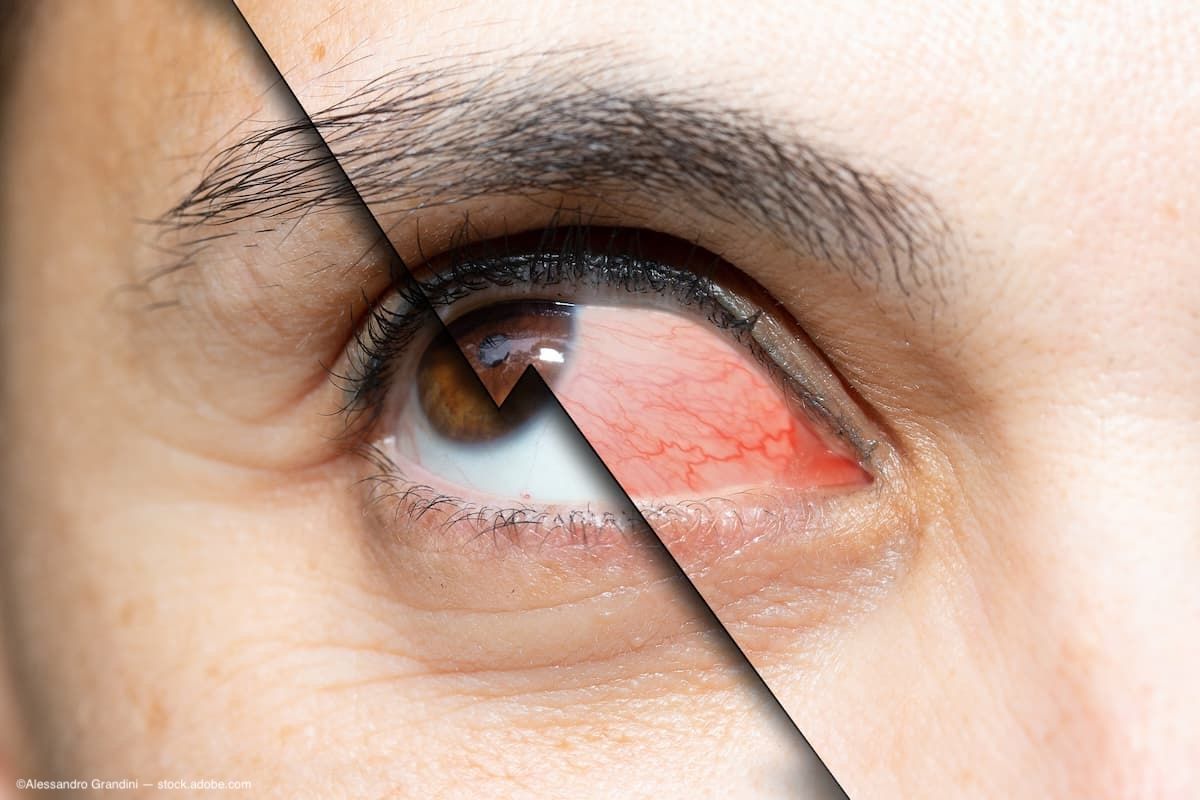Article
Riboflavin, ultraviolet cross-linking promotes collagen cross-linking in patients with ectasia
The combination of ultraviolet radiation and riboflavin treatment to achieve collagen cross-linking (UVA CLL) may be beneficial in biomechanical stabilization of ectasia, said John Kanellopoulos, MD.
The combination of ultraviolet radiation and riboflavin treatment to achieve collagen cross-linking (UVA CLL) may be beneficial in biomechanical stabilization of ectasia, said John Kanellopoulos, MD.
That works because riboflavin and ultraviolet radiation plus oxygen create free radicals to run a biochemical reaction to cross-link normal human collagen fibers, said Dr. Kanellopoulos, associate professor of ophthalmology, New York University Medical School, New York.
He described the first case in which UVA CLL was used, that of a 24-year-old man who underwent unilateral LASIK, which improved the vision from 20/80 to 20/20 with ablation to treat mild myopia. Subsequently, the vision deteriorated and the operating surgeon diagnosed ectasia and recommended implantation of prescription inserts (Intacs, Addition Technology), which did not improve vision. The operating surgeon then recommended penetrating keratoplasty. Dr. Kanellopoulos opted for UVA CCL, waited for 6 months, and then performed topography-guided ablation of the cornea. The patient improved substantially by 4 years after treatment but developed haze.
Based on this experience, Dr. Kanellopoulos now performs both treatments simultaneously. This resulted in "an impressive change in keratometry" in subsequent patients, he reported. To date, he and his colleagues have used UVA CCL with more than 500 patients.
"The advantage to combining treatments is that the patient has to undergo one procedure. The refraction delivers more treatment than expected in these cases; there is a need for nomogram adjustments. In addition, in my practice this treatment approach has reduced the need for penetrating keratoplasty by 70%. Obviously, studies with longer follow-up are needed to validate our data," he concluded.
Newsletter
Don’t miss out—get Ophthalmology Times updates on the latest clinical advancements and expert interviews, straight to your inbox.




